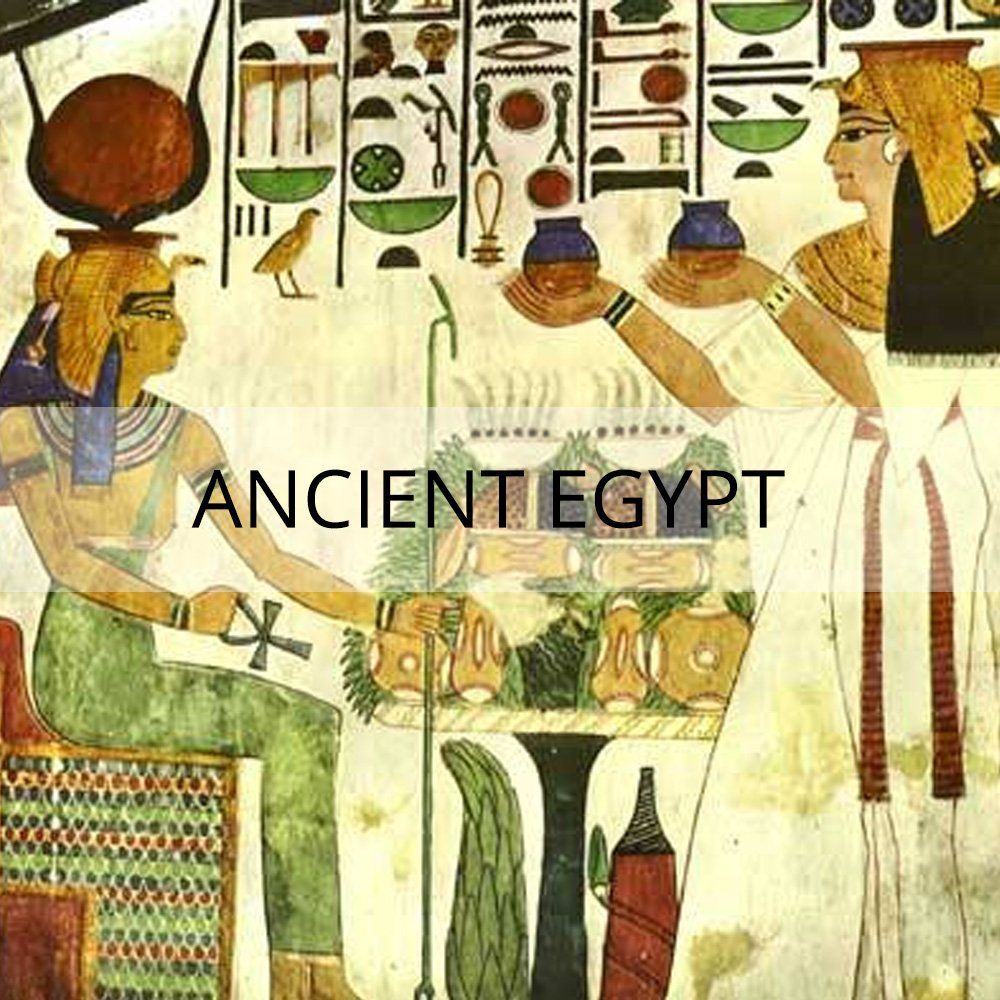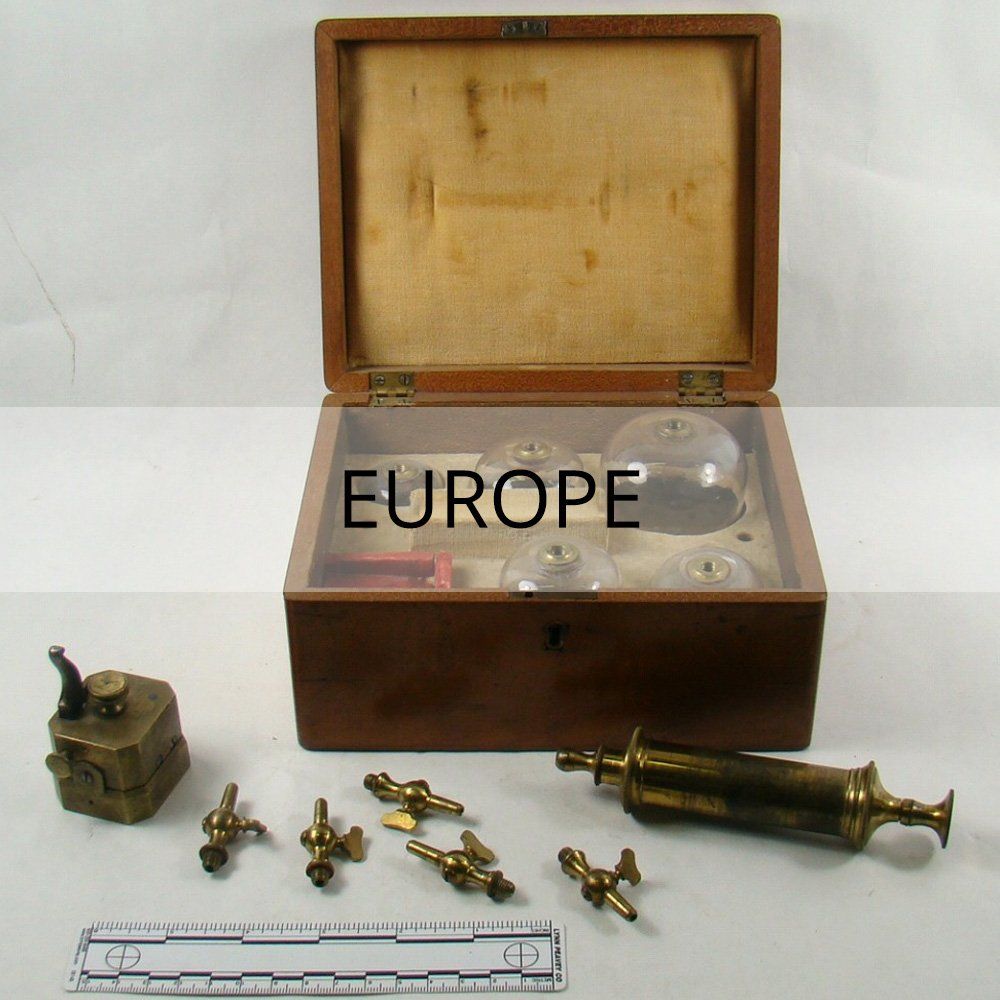HISTORY OF HIJAMA..CUPPING
PRACTICED FOR THOUSANDS OF YEARS...
Upon evaluating the history of the practice of hijama one striking fact becomes apparent that can not be ignored. The practice has been used by almost every civilization in the world as a medicinal intervention since the beginning of recorded history. The fact that the therapy exists (or has existed) and is known in almost every spoken language including French, English, Polish, Russian, Kiswahili, Somali, Chinese, Korean, Arabic, Malay, Japanese, Thai, Greek, Urdu, Persian, Bengali etc. etc is a huge testimony to it’s significance as a therapeutic intervention on a global scale.
There was also specific mention of hijama in the Jewish Talmudic writings which describe rules for its practice and similar outlines are mentioned in early Christian writings also.
In the East, hijama was always an integral part of the medical practices, and remains so to this day. The ancient Chinese medical text which is widely regarded as the oldest medical text in existence, the Nei Jing, or Inner Classic says that: “If there is stagnation it must be first be resolved through hijama before the application of acupuncture or moxibustion.”
Hijama/Wet Cupping existed before the time of Rasoolulah (sallalla hu alaihi wasalam). Ancient Egyptians were the first to document the process of Wet Cupping/Hijama describing it as a useful way of removing pathogenic matter from the body. The ancient Greek were also advocates of Wet Cupping/Hijama, some believe the Greeks were introduced to Wet Cupping/Hijama by the ancient Egyptians. It is also believed by some that Cupping originates from China and ancient Chinese medical scriptures, which are regarded as the oldest medical scripture, referring to the removal of blood from the body to resolve stagnation. Although Hijama existed even before the time of Rasoolulah (S.A.W), it has now become a part of Islamic tradition and teachings because the treatment has been recommended and it’s importance has been stressed by Rasoolulah (S.A.W) as he himself had it performed on him on many occasions. That is why Hijama/Wet Cupping is Sunnah and should be done in accordance with Islamic teachings and principals making it an important treatment, therapy and procedure in its own right with its own merits.
Buffalo horns are also reported as being used for Hijama during the Babylon – Assyrian Empire (stretching from Iraq to the Mediterranean).
The French also practiced hijama in a similar way and reportedly imported approximately 40 million leeches for the purpose of combining these blood-letting techniques during this period.
In Finland, hijama has been practiced at least since the 15th century, and it is still done traditionally in saunas. Cups made of cow’s horns were commonly used.
CUPPING THROUGHOUT HISTORY IN ANCIENT EGYPT..EUROPE AND AFRICA
Currently:
Although hijama along with many other tradition practices faded out in the west during the late 1900’s with the introduction of Pharmacological Drugs and medicinal patent licences it has slowly and surely been making a gradual comeback along with many other practices in the complementary and alternative health fields.
It has gained much public attention from its celebrity usage and newly found hollywood popularity as well as attention bought to the therapy by athletes in the Olympics 2016 .There has also been a great resurgence amongst Muslim communities living in various parts of the world be that the east and the west. Hijama cupping is definitely upon revival globally.


